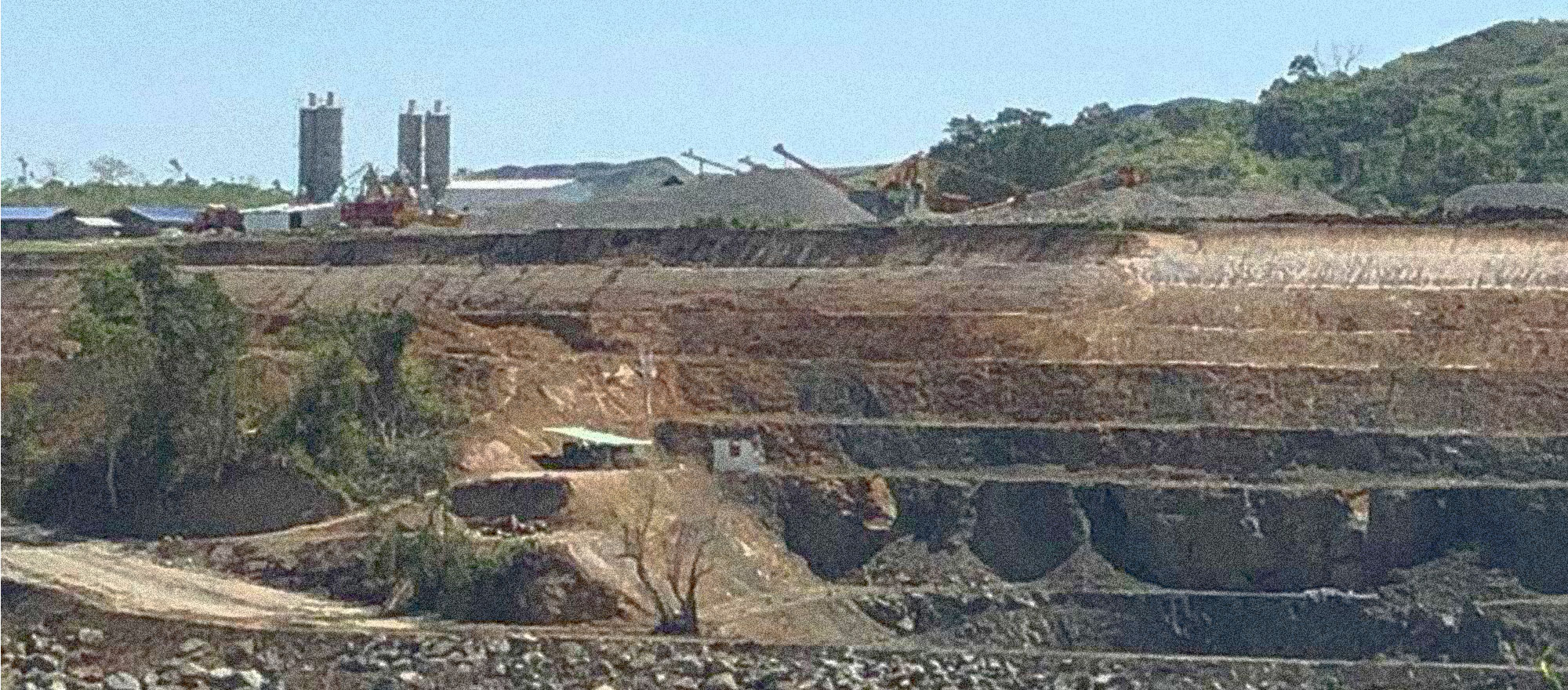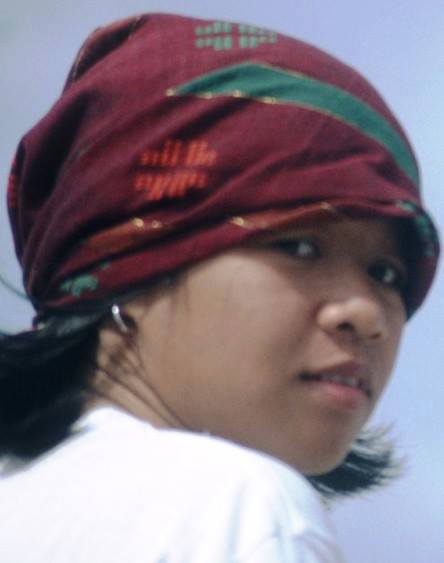Land, life and the struggle against San Roque Dam
Cordillera Day has been a commemoration of those who gave their lives to protect the indigenous people in the Cordillera region in northern Luzon for years. Traditionally, the event takes place on April 24 in a specific village, organized by the Cordillera People’s Alliance (CPA). In the past few years, however, the organization decided to […]


Cordillera Day has been a commemoration of those who gave their lives to protect the indigenous people in the Cordillera region in northern Luzon for years. Traditionally, the event takes place on April 24 in a specific village, organized by the Cordillera People’s Alliance (CPA). In the past few years, however, the organization decided to decentralize the event. All over the Cordillera region, indigenous people celebrated, remembered and protested.
Dalupirip is a small mountain village in Itogon, in the Benguet province. The village lies directly next to the mighty Agno River, which originates from the southern slopes of Mount Data. The river holds three dams, to use its hydropower in order to create electricity. The first one is located in Ambuklao in Bokod, the second one in Binga in Itogon, both of them part of the Benguet province. The third and most recently built dam is the San Roque Dam, which sits along the boundaries of Benguet with San Manuel and San Nicolas of the Pangasinan province. It is the biggest earthcore-rockfill dam in Asia.

The dams make up a large part of the protest during Cordillera Day in Dalupirip. Norma Mo-oy is a citizen of the town. “The river is full of silt. When the dams hold the water, the silt has nowhere to go. Gold panning, the livelihood of a lot of residents of the area, has become impossible.”

But the silt is not the only problem. During rainy season, there is an excess of water and the dams are opened. Whole areas of the villages near the river are being flooded.“Some people received 75000 pesos per house that would be flooded. Some only received promises,” Norma adds.
Large scale mining is one of the biggest concerns during Cordillera Day. Virgilio Aniceto is the secretary-general of the indigenous people’s organization Kabenguetan Agkakaysa Ilaban ti Biag Daga ken Kinabaknang, or Kaiabang. He is also the fourth nominee of the indigenous people’s party Katribu in the upcoming election.
“Even before the Spanish colonized us, the people of the Cordillera region used to partake in small-scale mining. But now, for over a hundred years, US mining companies have been destroying the region, utilizing large-scale mining machines and using the resources for their own benefit,” Virgilio adds.

The mining companies, he says, are not taking into account the environmental consequences their large scale mining has on the area. Adds Virgilio: “We used to work with conventional tunneling, which would not harm the mountain. Since 1983, big bulldozers are being used. The waste ends up in the water. The whole river system is poisoned.”
Furthermore, mass poverty has increased, alongside human rights violations in the mining companies as well as in the villages surrounding the mining sites. Although the government claims the liberalization of the mining contracts will reduce poverty and increase the competitiveness of the Philippines, evidence shows the opposite has happened.
“The mining companies are driving the indigenous people away while they extract minerals and resources. Cordillera is one of the richest provinces in the Philippines in terms of resources, yet it is one of the poorest in terms of money. Most of what is recovered through mining is exported out of the province and out of the country,” Virgilio adds.
One solution Virgilio sees is a complete junking of Republic Act 7942, or the Mining Act of 1995. This act ensures the liberalization of the Philippine mining industry to foreign investors. They receive all of the revenue, but none of the risk.
“The whole system needs to change. There is need for a collective action. That’s why Cordillera Day is so important. It is the perfect moral boost, where organizations can come together and share information and support”, says Virgilio.
Emilie Van Limbergen is a journalism intern for Pinoy Weekly and a journalism student from Belgium.




